Introduction:
In a world where health and wellness trends are constantly evolving, the raw vegan diet stands out as a popular choice for those seeking a cleaner, more natural way of eating. This lifestyle focuses on consuming plant-based foods in their raw, unprocessed state, allowing you to fully embrace the nutrients, enzymes, and vitamins found in fresh, whole foods. If you’re looking for meals that are not only nutritious but also simple to prepare, raw vegan recipes are the answer.
This article will guide you through a variety of raw vegan recipes that are perfect for every occasion. Whether you’re looking for a quick breakfast to start your day, a filling lunch to keep you energized, or a satisfying dinner, these recipes are designed to be easy, flavorful, and packed with nutrients. Furthermore, raw vegan recipes are not just about avoiding cooking—they offer an exciting way to explore fresh, vibrant flavors and textures in your meals.
Whether you’re a seasoned raw food enthusiast or a beginner curious about raw veganism, this guide will provide you with the tools and inspiration to incorporate these wholesome recipes into your daily routine. So, let’s dive in and explore the world of raw vegan recipes that are perfect for any occasion!
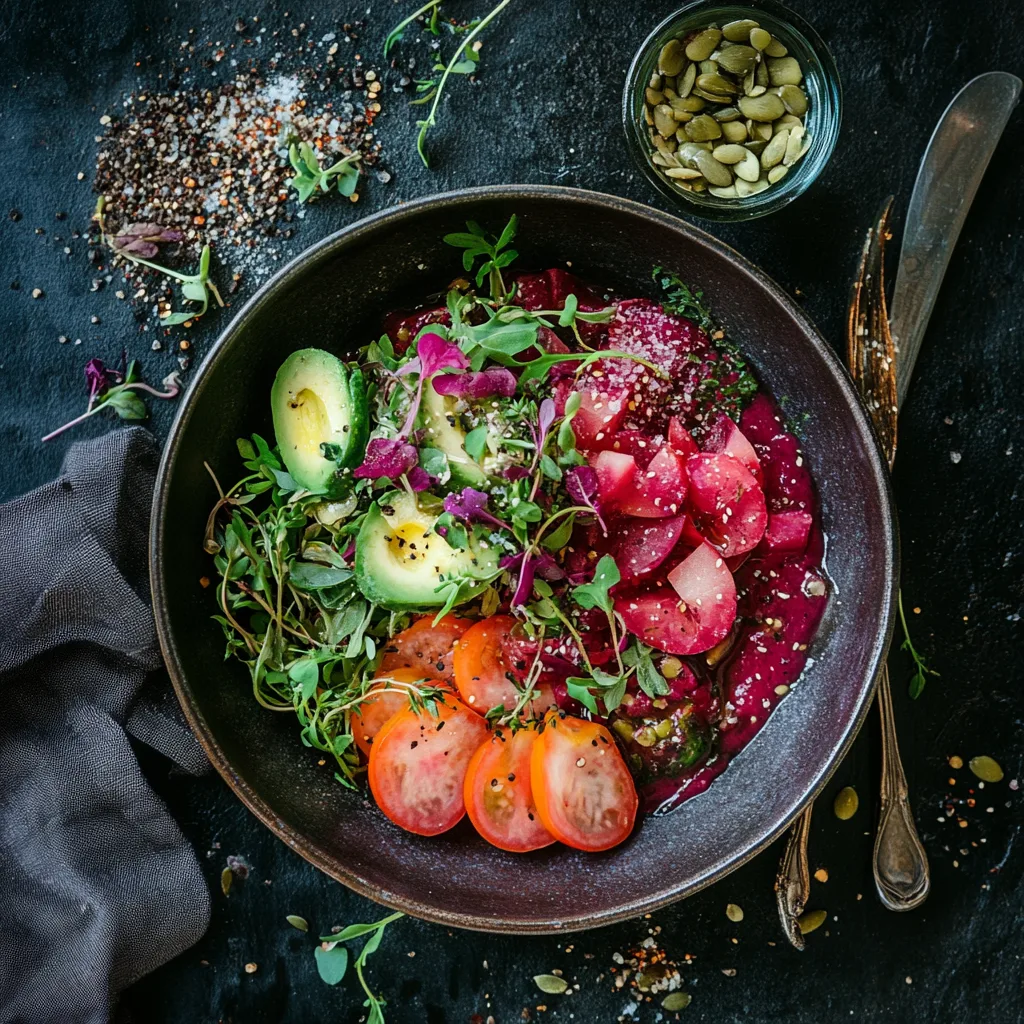
What is a Raw Vegan Diet?
A raw vegan diet consists of plant-based foods that are consumed in their raw or minimally processed form. This means no cooking or heating above 118°F (48°C), preserving the natural enzymes and nutrients in the food. Raw veganism is known for its health benefits, such as weight loss, increased energy, and improved digestion. It’s a diet that emphasizes whole foods, including fruits, vegetables, nuts, seeds, and sprouts.
Benefits of Raw Vegan Recipes
There are numerous benefits to incorporating raw vegan recipes into your daily routine. Here are some key reasons why many people choose raw veganism:
- Rich in Nutrients
Raw foods are packed with vitamins, minerals, and antioxidants. Cooking can break down some of these nutrients, but raw vegan meals retain their full nutritional value. - Improved Digestion
Raw foods are rich in fiber, which helps support digestive health. The natural enzymes in raw foods aid in digestion, making it easier for your body to absorb nutrients. - Better Skin Health
A raw vegan diet can contribute to clearer skin. The high water content in raw fruits and vegetables hydrates your skin, and the antioxidants help protect against skin aging. - Weight Management
Raw vegan recipes tend to be low in calories but high in fiber and water, which can help you feel full longer, promoting weight loss and maintenance. - Environmental Impact
A raw vegan diet has a lower environmental impact compared to a traditional diet, as it requires fewer resources like water and energy for food production and preparation.
Raw Vegan Recipes for Every Occasion
1. Raw Vegan Breakfast Ideas
Breakfast is a crucial meal for starting your day. Raw vegan recipes for breakfast are easy to prepare and nutrient-dense. Here are a few ideas:
Raw Vegan Smoothie Bowls
Smoothie bowls are a great way to enjoy a nutrient-packed breakfast. Use fruits like bananas, berries, and mangoes as the base. Top with granola, seeds, and nuts for a satisfying crunch.
Overnight Oats (Raw Style)
Soak oats in plant-based milk overnight for a creamy, easy-to-eat breakfast. Add chia seeds, flaxseeds, and fruit to make it more filling and nutritious.
Raw Vegan Pancakes
Use blended bananas, almond flour, and chia seeds to make raw vegan pancakes. Top with fresh berries and raw almond butter for extra flavor.
2. Raw Vegan Lunch Recipes
Lunch can be just as simple and satisfying with raw vegan recipes. Here are a few options:
Raw Vegan Salad Wraps
Use collard greens or lettuce leaves to create wraps filled with veggies like carrots, cucumbers, avocado, and sprouts. Add a homemade raw vegan dressing made with olive oil, lemon, and garlic.
Zucchini Noodles with Avocado Pesto
Spiralize zucchini to make raw “noodles.” Top with a creamy avocado pesto made from avocado, basil, lemon juice, and garlic.
Raw Vegan Tacos
Create taco fillings using marinated veggies, walnut “meat,” or sprouted lentils. Serve in lettuce or seaweed wraps with salsa and guacamole.
3. Raw Vegan Dinner Recipes
Dinner is an important meal, and raw vegan recipes can make it both delicious and nutritious:
Raw Vegan Sushi Rolls
Prepare sushi rolls with raw nori sheets, avocado, cucumber, carrot, and sprouted quinoa or rice. Serve with tamari sauce for dipping.
Raw Vegan Lasagna
Layer zucchini, spinach, tomatoes, and cashew cheese for a raw lasagna that’s as satisfying as the cooked version. This dish is creamy and packed with flavors.
Raw Vegan Buddha Bowl
A raw vegan Buddha bowl can include a variety of veggies, sprouts, avocado, and a dressing made from tahini or lemon juice. It’s a well-balanced, hearty meal.
4. Raw Vegan Snacks
Having easy, healthy snacks on hand is essential when following a raw vegan lifestyle. Here are some ideas:
Raw Vegan Energy Balls
Mix dates, almonds, chia seeds, and cacao powder for a nutrient-packed snack that will keep you energized throughout the day.
Raw Vegan Crackers
Make raw vegan crackers by dehydrating a mixture of flaxseeds, sunflower seeds, and spices. They pair well with raw vegan dips like guacamole or hummus.
Vegetable Chips
Dehydrate thinly sliced vegetables like zucchini, sweet potato, or kale to make crispy, low-calorie chips that satisfy your crunch cravings.
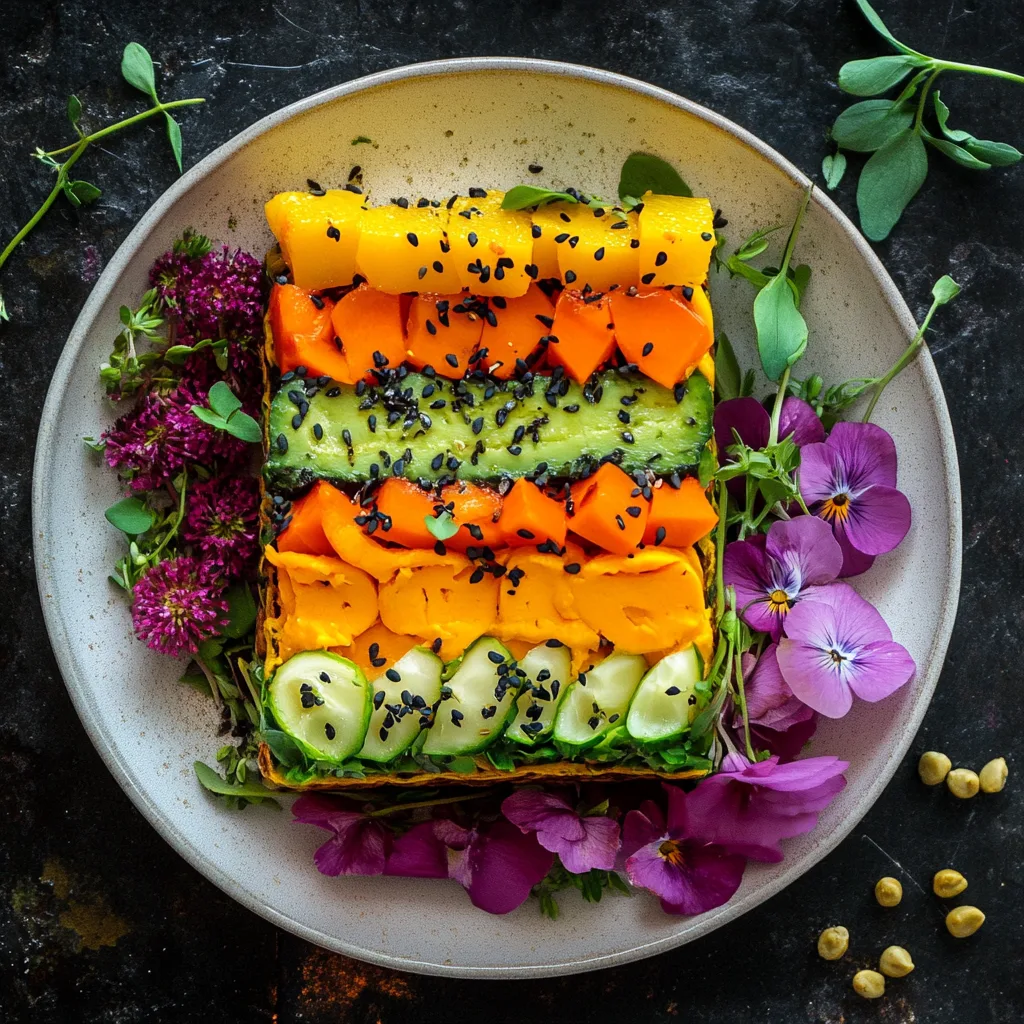
Ingredients Commonly Used in Raw Vegan Recipes
When preparing raw vegan recipes, it’s important to use high-quality ingredients. Here are some of the most common foods used in raw vegan cooking:
- Fruits: Apples, bananas, berries, mangoes, and papayas
- Vegetables: Kale, spinach, cucumbers, zucchini, and carrots
- Nuts and Seeds: Almonds, walnuts, chia seeds, flaxseeds, and hemp seeds
- Sprouts: Alfalfa, broccoli, and sunflower sprouts
- Oils: Olive oil, coconut oil, and avocado oil
- Herbs and Spices: Basil, cilantro, garlic, and turmeric
- Natural Sweeteners: Dates, agave syrup, and maple syrup
Tips for Making Raw Vegan Recipes
Here are some tips to help you succeed with raw vegan recipes:
- Invest in a Good Blender
A high-speed blender is essential for creating creamy dressings, smoothies, and sauces. - Use a Dehydrator
A dehydrator allows you to make crispy snacks like crackers and chips without cooking. It helps preserve the raw nature of the food. - Soak Nuts and Seeds
Soaking nuts and seeds before eating helps improve digestion and makes them easier to blend or incorporate into recipes. - Batch Prep
Preparing ingredients in advance, like chopping veggies or soaking seeds, will make meal prep quicker and easier throughout the week.
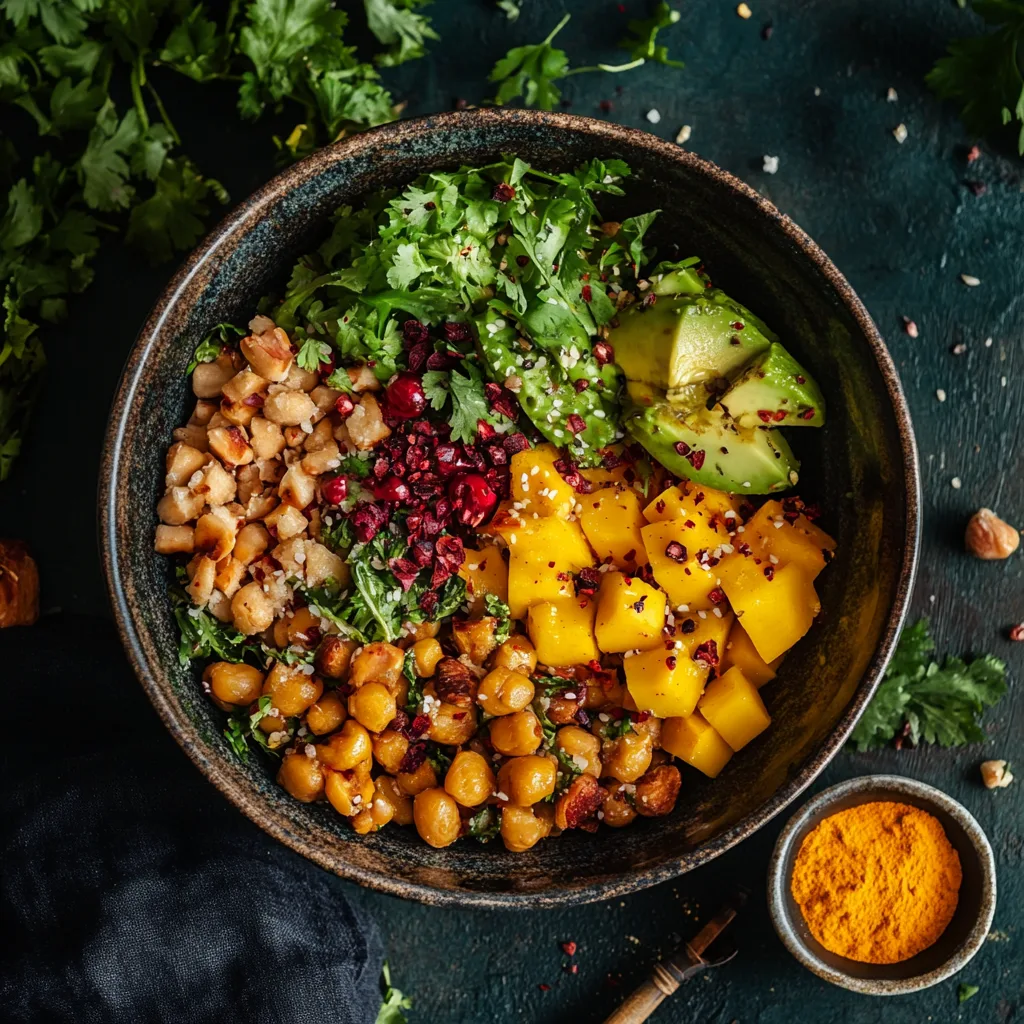
Is a Raw Vegan Diet Right for You?
While raw vegan recipes are packed with nutrients and health benefits, it’s important to consider whether this lifestyle fits your personal preferences and needs. For some, a raw vegan diet may be restrictive, especially if they have specific dietary or nutritional requirements. Consulting with a healthcare provider or nutritionist is always recommended before making significant changes to your diet.
Frequently Asked Questions (FAQs)
What can I eat as a raw vegan?
As a raw vegan, you’ll enjoy a wide variety of whole, plant-based foods. The key to a successful raw vegan diet is consuming foods that are raw or minimally processed. This includes:
- Fruits: Apples, bananas, berries, mangoes, pineapples, and avocados
- Vegetables: Leafy greens (spinach, kale, romaine lettuce), cucumbers, bell peppers, carrots, and zucchini
- Nuts and Seeds: Almonds, walnuts, chia seeds, flaxseeds, sunflower seeds, and hemp seeds
- Sprouts: Alfalfa, sunflower, and broccoli sprouts
- Whole Grains: Sprouted quinoa, buckwheat, and oats (after soaking)
- Legumes: Sprouted lentils, chickpeas, and mung beans
- Herbs and Spices: Basil, cilantro, turmeric, garlic, and nutritional yeast
- Healthy Fats: Avocados, raw coconut oil, and olive oil
These foods are packed with nutrients, fiber, and healthy fats, and are typically consumed without cooking to retain their natural enzymes, vitamins, and minerals. Raw vegan meals often feature vibrant salads, smoothies, and wraps, with endless flavor combinations to suit all tastes.
Is raw vegan actually healthy?
Yes, a raw vegan diet can be very healthy when done properly. It is naturally high in vitamins, minerals, fiber, and antioxidants, which support immune function, improve digestion, and help reduce inflammation in the body. Raw foods also contain natural enzymes that assist in the digestion and absorption of nutrients, making them easier for your body to process.
However, like any diet, it’s important to plan your meals carefully to ensure you’re getting all the essential nutrients. For instance, certain nutrients like vitamin B12, vitamin D, and omega-3 fatty acids may be harder to obtain on a raw vegan diet, so it’s essential to consider fortified foods or supplements. Consulting with a nutritionist or dietitian can help ensure you’re meeting all of your nutritional needs.
Additionally, some people may find it challenging to transition to a raw vegan diet initially, but with time, your body can adjust. A well-balanced raw vegan diet can help with weight management, energy levels, and overall wellness.
What does a raw vegan eat for breakfast?
Breakfast on a raw vegan diet is simple, delicious, and nutrient-packed. Here are some common raw vegan breakfast options:
- Smoothie Bowls: A blend of fruits like bananas, berries, and mangoes, topped with granola, seeds, and raw nuts.
- Chia Pudding: Made by soaking chia seeds overnight in plant-based milk, then adding fruit, nuts, and a drizzle of maple syrup.
- Raw Vegan Oatmeal: Instead of cooking oats, soak them overnight with almond milk or coconut milk. Add fruits, nuts, and seeds for extra flavor.
- Raw Vegan Pancakes: Use blended bananas, almond flour, and chia seeds to make raw pancakes. Top with fresh berries and raw almond butter.
- Fruit Salads: A mix of fresh, seasonal fruits like watermelon, pineapple, and berries.
These breakfast options are rich in vitamins, fiber, and antioxidants, which help jump-start your day with energy and essential nutrients. They’re quick to prepare and can be customized based on your preferences.
Can raw vegans eat rice?
In a traditional sense, raw vegans do not eat cooked rice, as cooking involves heating the rice above the raw food temperature limit of 118°F (48°C). However, raw vegans can eat sprouted rice or other sprouted grains, such as sprouted quinoa or buckwheat, which can be eaten without cooking.
Sprouting grains enhances their digestibility and nutrient profile, making them easier to absorb. You can sprout rice by soaking it in water for 12-24 hours and then allowing it to germinate. Once sprouted, it can be added to salads, bowls, or wraps. Keep in mind that sprouted rice is not exactly the same as cooked rice but can provide similar textures and be used in many of the same ways.
If you’re craving a rice-like texture, you can also use cauliflower rice (shredded cauliflower) as a low-carb, raw alternative to rice. It’s a versatile ingredient that can be paired with raw vegan dishes.
How do I transition to a raw vegan diet?
Transitioning to a raw vegan diet requires planning and gradual changes. Here are some tips to help ease the transition:
- Start Slow: Begin by incorporating more raw foods into your current meals, such as adding a raw salad or smoothie for breakfast.
- Learn to Sprout: Sprouting grains, seeds, and legumes can help make your meals more nutritious and easier to digest.
- Meal Prep: Preparing raw meals in advance will make it easier to stick to your diet and ensure you’re always ready with a healthy meal.
- Focus on Nutrient Density: Make sure your meals include a variety of fruits, vegetables, nuts, seeds, and healthy fats to ensure you’re getting all the necessary nutrients.
- Stay Hydrated: Drinking plenty of water is essential on a raw vegan diet, as fruits and vegetables are high in water content and help support hydration.
- Consult a Professional: If you’re unsure about meeting your nutritional needs, consider consulting a nutritionist to ensure a balanced approach.
Can I eat raw vegan food on the go?
Yes! There are plenty of raw vegan recipes that are portable and easy to take with you. Raw energy bars, nuts, fruit, raw wraps, salads in jars, and smoothies are great options for eating raw vegan while traveling or at work. These meals are typically easy to pack, and many of them require no refrigeration for several hours. Always have a few raw snacks on hand for when you’re on the go.
Is it possible to get enough protein on a raw vegan diet?
Yes, you can get adequate protein on a raw vegan diet by incorporating a variety of plant-based protein sources. Some of the best raw vegan protein sources include:
- Nuts and Seeds: Almonds, sunflower seeds, hemp seeds, chia seeds, and pumpkin seeds are rich in protein.
- Legumes: Sprouted lentils, chickpeas, and mung beans offer a good protein boost.
- Leafy Greens: Kale, spinach, and other dark leafy greens contain protein, along with many other nutrients.
- Nut Butters: Almond butter, cashew butter, and peanut butter are protein-rich options that can be added to smoothies, oatmeal, or eaten as a snack.
By including a variety of these protein-rich foods in your meals, you can meet your protein needs on a raw vegan diet.
Conclusion
Incorporating raw vegan recipes into your diet can be a fun and healthy way to enjoy fresh, nutrient-packed meals. Whether you’re looking for a quick breakfast, a satisfying lunch, or a light dinner, there are endless possibilities to explore. By following these simple and satisfying raw vegan recipes, you’ll not only improve your health but also discover new ways to enjoy wholesome plant-based foods.
For more recipes please click on below links:
Dive into Branzino Meat: Explore its Flavor and Culinary Versatility
Easy Eggless Sausage Hashbrown Breakfast Casserole Recipe – Make Mornings Delicious and Hassle-Free
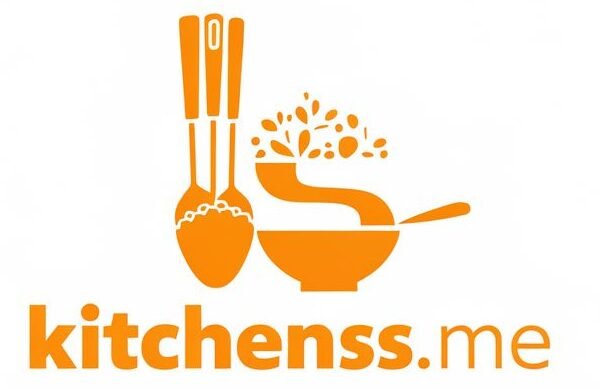
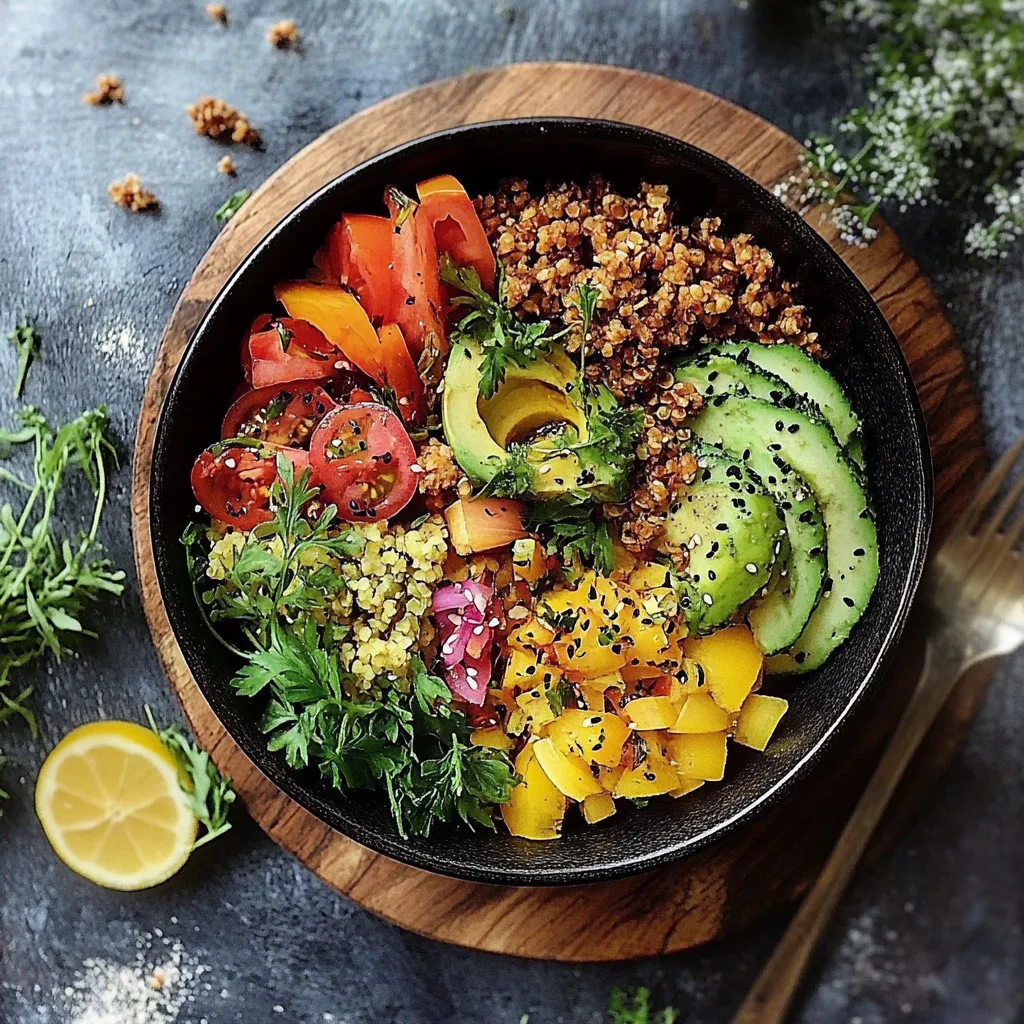
1 thought on “Raw Vegan Recipes: Simple and Satisfying for Every Occasion”